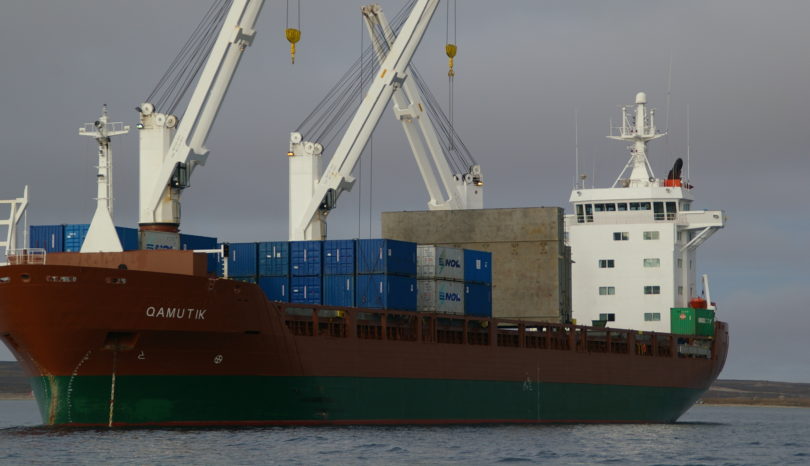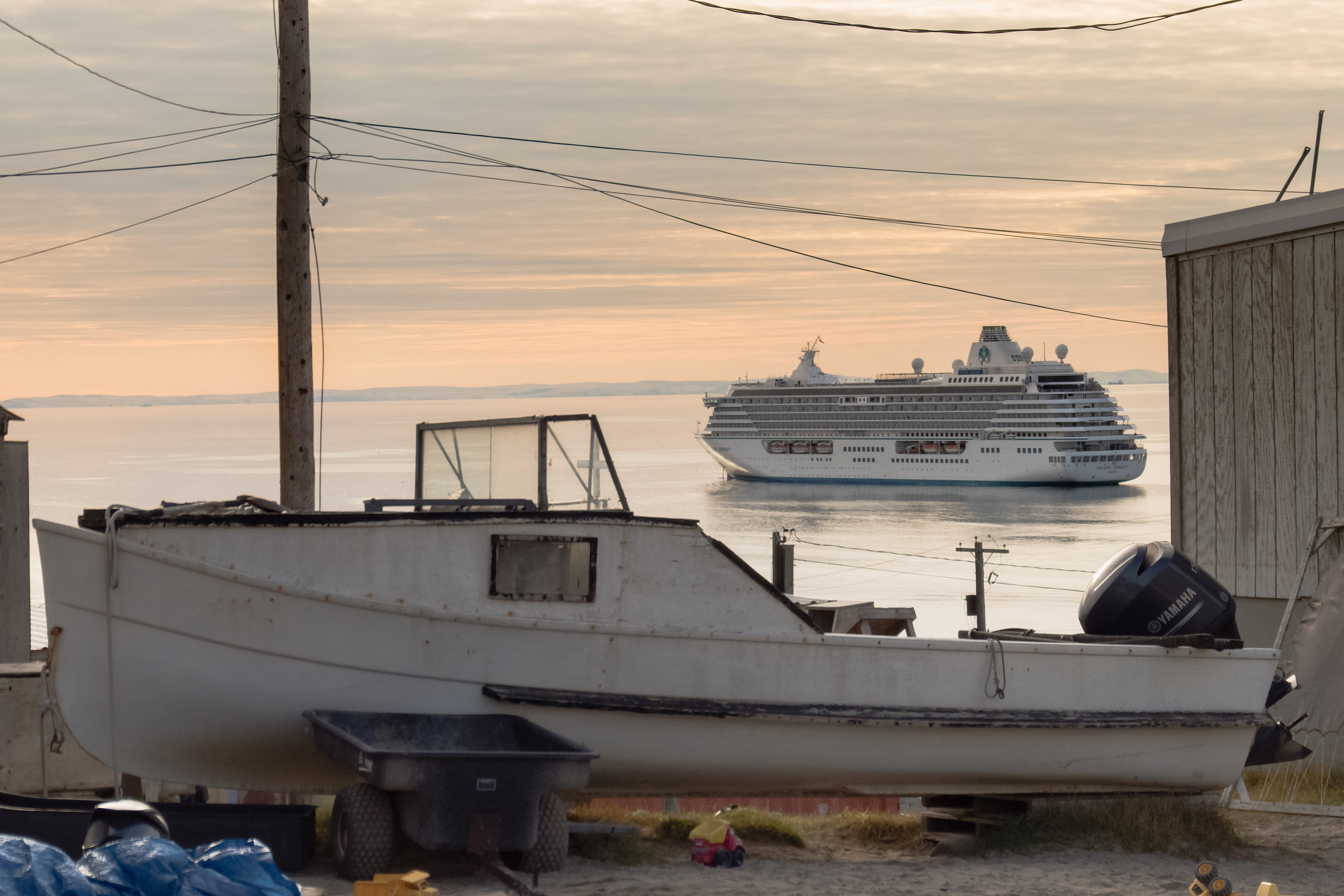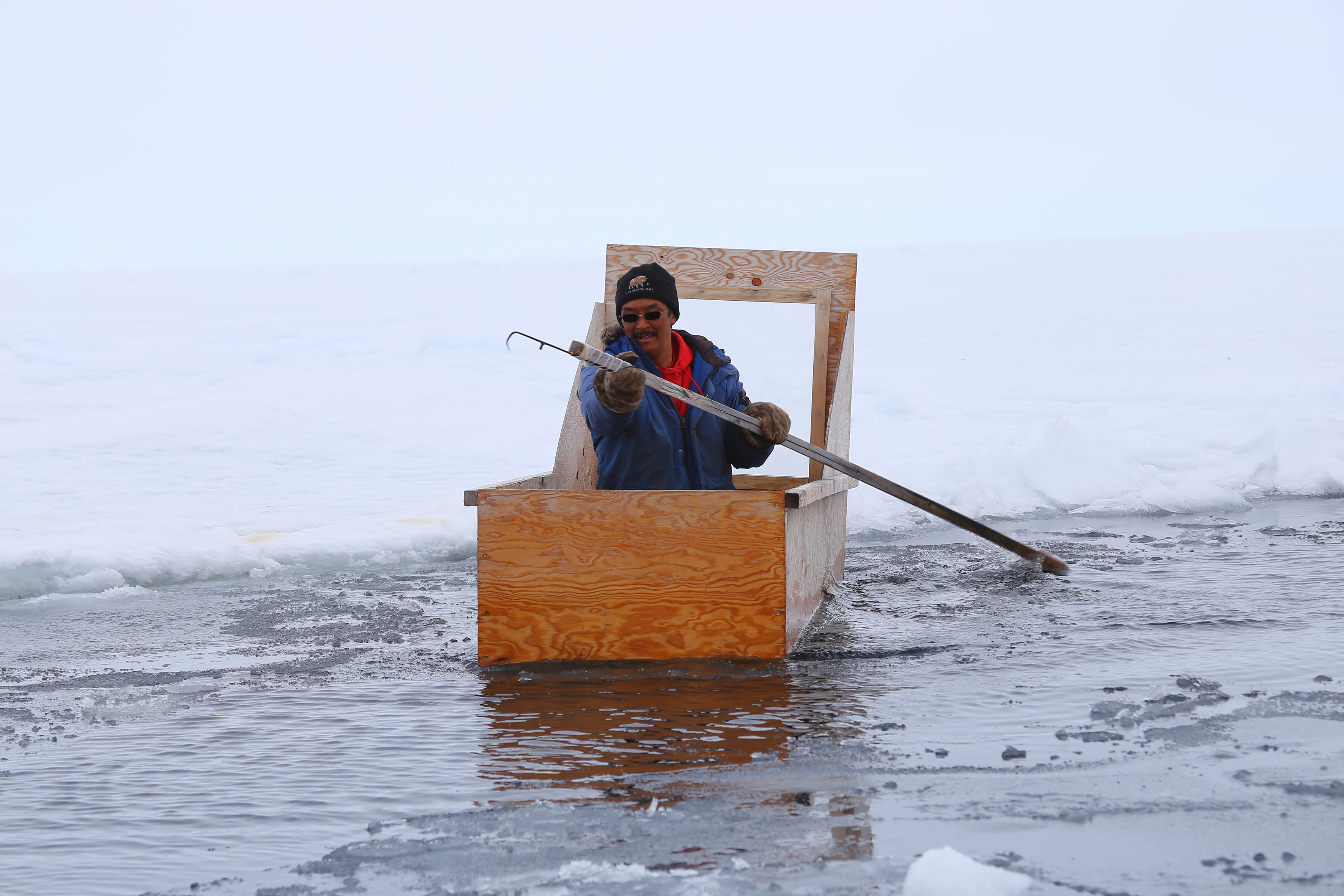Climate change is rapidly melting Arctic sea ice, resulting in a longer shipping season and greater access to this region than ever before. Over the past decade, vessel traffic has more than doubled. Yet the Canadian Arctic – and, in particular, its archipelago – is one of the most challenging, hazardous and remote shipping environments in the world.
In some places, shipping corridors are very close to critical habitat areas or share narrow passages with local boaters, wildlife and hazardous ice floes. Innovative approaches are needed to manage vessel traffic, protect marine habitat and improve safety measures.
Related Resources
What's That Sound? How Underwater Noise Hurts Arctic Wildlife
The Arctic is one of the quietest places on Earth, and beneath its frigid waters is a vibrant ecosystem filled with life. Walrus, narwhal, seals, and belugas all communicate through complex vocalizations. But more recently, there’s been a change. Ship noise affects the Arctic, its ecosystems and its communities: if you’re an animal trying to be heard in this noisy environment, it’s going to be difficult amongst ship noise. So what are we doing about it? In this new video from Oceans North, you’ll learn everything about the issue of underwater noise and its impact, and how we can work together to research and implement best practices for noise reduction in the Arctic and across Canadian waters.
Underwater soundscape and radiated noise from ships in Eclipse Sound, NE Canadian Arctic
This January 2021 acoustic monitoring report documents a substantial increase in underwater noise, at levels known to disturb narwhal, as a result of ships from Baffinland’s Mary River iron ore mine traveling through the Arctic’s Eclipse Sound. A summary of the report is available in English and Inuktitut.
The Integrated Arctic Corridors Framework Planning for responsible shipping in Canada’s Arctic waters
The Integrated Arctic Corridors Framework proposes a comprehensive system of tiered, risk-based shipping routes, and an associated governance structure, that would integrate safe shipping, Inuit rights, and environmental protection, and provide benefit to Canada, the shipping industry, and Arctic communities.



